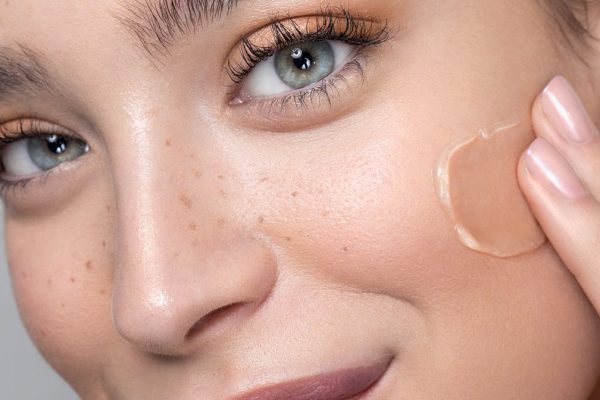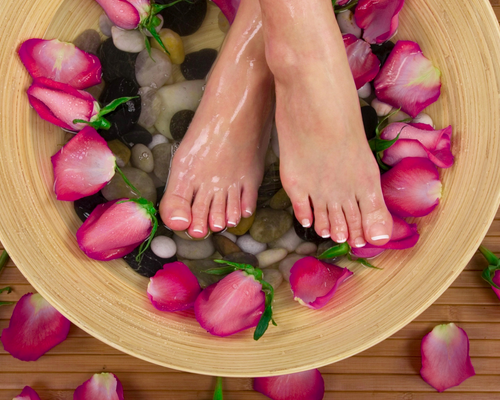The unsaponifiable fraction of Shea butter, which is made up of alcohols such as triterpenes, hydrocarbons, and sterols, is the principal active ingredient.
By this principle, it differs from other vegetable fats in that mackerel oil contains up to 3.5 to 17% by weight of unsaponifiable fraction, whereas this fraction only occurs in a maximum of 1% of other vegetable fats.
The benefits and uses of Shea Oil
Due to the versatility of Shea butter’s qualities, it can be used for both therapeutic and aesthetic purposes as well as for food preparation and nourishment.
This type of oil’s primary purpose is regeneration, which is what gives it its molecular structure and the abundance of unsaponifiable acids, fatty acids, and vitamins that work in concert to create a marvel of nature.
The indigenous people who gave this tree the name “Miracle Tree” were correct because of many significant benefits. Because the factors that contribute to each advantage are interconnected, it is impossible to distinguish precisely which one is more significant than the others.
However, among the advantages that can be attained by its characteristics are:
- Together, fatty acids (palmitic, stearic, oleic, and linoleic) have antioxidant characteristics that protect the body from cardiovascular risks, increase blood circulation, improve vision, and lower triglycerides and cholesterol.
- Additionally, it has a hypotensive impact, lowers insulin resistance, lessens the joint inflammation, and supports the immune system by increasing lymphocyte production. It also supports neuronal health and function, acts on the endocrine system’s hormone synthesis, and has a hypotensive effect.
- The body needs vitamin D to avoid rickets, which the unsaponifiable fraction inhibits from being produced (as its main function).
- Despite being a combination of omega 3 and omega 6, vitamin F is not a component of the vitamin complex. Polyunsaturated fatty acids work on the central nervous system to lower cortisol levels and have an antidepressant impact.
- With vitamins, saturated and polyunsaturated fatty acids, and other nutrients, it works synergistically to increase therapeutic benefits.
- Shea butter or oil is used to attain these and many other advantages; everything will rely on how consistently it is used and how creatively each person thinks of new applications.
Does it have a lot of hair-related qualities?
Since it regenerates the hair strand, giving it strength and regaining its hydration from the root, it also prevents the scalp from flaking. The properties of the hair and scalp range from therapeutic to cosmetic.


